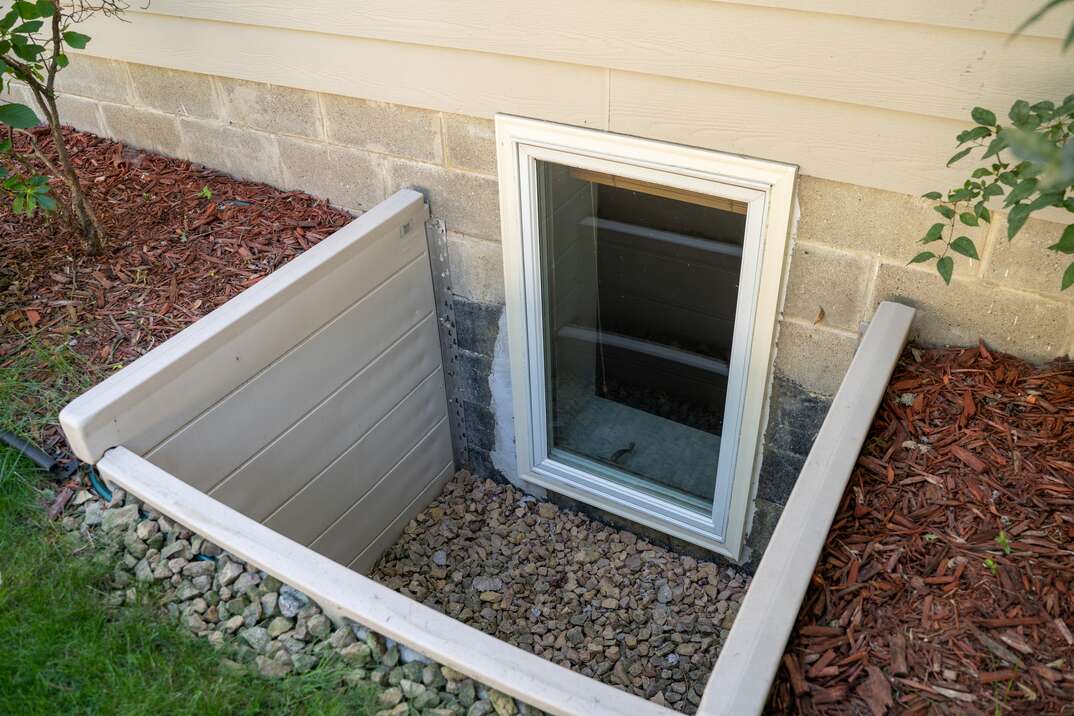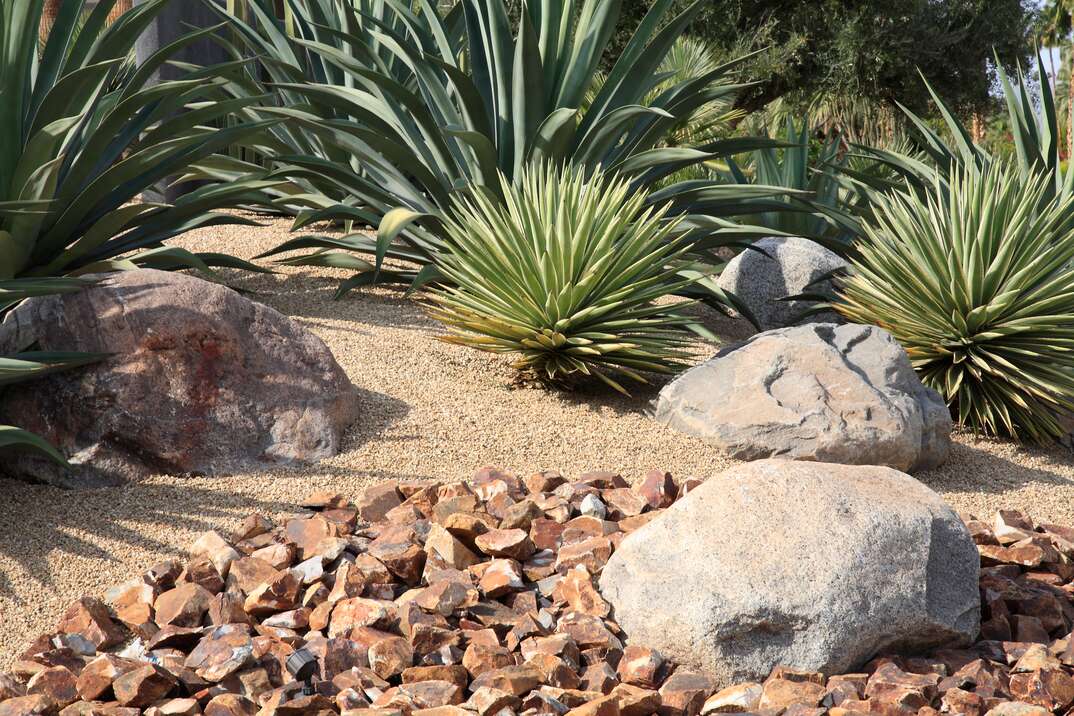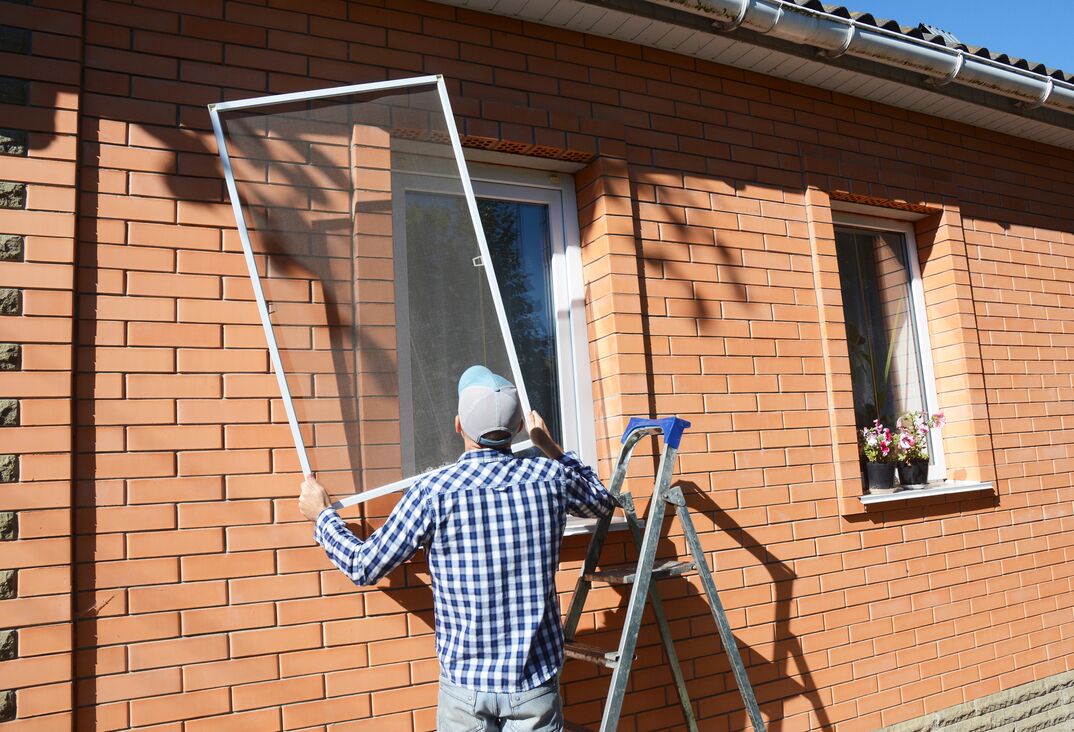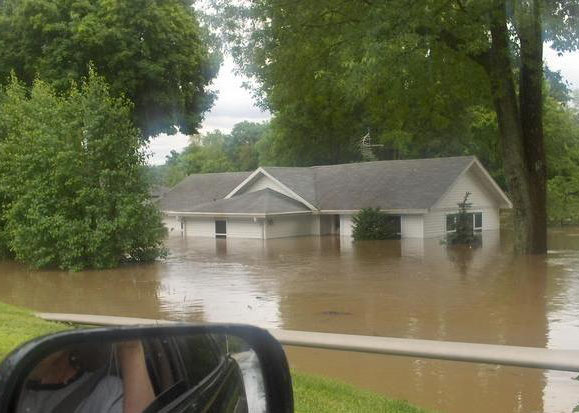Make Sure Your Window Wells Are Well Maintained With This Checklist

Window Well Maintenance at a Glance
- Clear debris
- Ensure proper drainage
- Install cover
- Check liners
Window wells are an attractive and practical way to flood your basement rooms with natural light. If your home is suitable, installing window wells allow you to use your basement as a living area without relying on artificial light sources. However, you can't simply install window wells and then forget about them. Proper maintenance is essential to keep them looking and functioning at their best.
This May Also Interest You: How Much Does It Cost to Install or Replace a Basement Window Well?
Here are some window well maintenance tips, from waterproofing to drainage and more.
Regular Window Well Maintenance Tasks
It's easy to forget about your window wells when they're not causing any problems. However, carrying out regular maintenance can help you avoid costly and time-consuming issues down the line.
Scheduling maintenance on your calendar or smartphone is a sensible way to remember this crucial task. As a rule of thumb, plan to maintain your basement windows every three months. You should also follow this checklist more regularly during stormy or snowy weather.
Clear the Wells
Debris can build up inside your window wells, especially during stormy weather. If you leave them untouched for too long, your window wells can become home to piled-up leaves, sticks and dirt. This debris can block the drainage system, leading to water damage or flooding.
As long as you do it regularly, you can usually clear out a window well by hand. However, this can be very time-consuming if you've got a major mess on your hands. While a regular household vacuum cleaner won't be up to the job of clearing a window well, investing in a wet vac or commercial vacuum cleaner is a great way to keep your window wells nice and clean.
It's particularly important to pay attention to your window wells in cold weather. Snow and ice inside the well can clog or damage the drain, so shovel it out as soon as you can.
Check the Drainage System
The drainage system is vital for keeping your window wells in good condition. Therefore, it's worth taking a look during rainy weather to ensure that there isn't water accumulating in the bottom of the well. If there is, that's a sign that you need to unblock the drain. You can attempt this yourself using a drain snake, or you can ask a professional to do it for you. A plumber can thoroughly inspect your system, remove clogs and repair or replace faulty pipes.
It's also important to make sure that the gutters above your window wells are functioning properly as well. If the gutters are clogged, water could gush down into the window wells and overwhelm the drainage system, leading to damage over time. Routinely having your gutters cleaned can help guard against this common problem.
Buy a Window Well Cover
You should always use a window well cover to stop large items from getting stuck inside the well. When choosing a cover, carefully consider your area's weather conditions and buy a model designed to cope with the climate. Check the window well cover regularly to ensure that it's in good condition and give it a thorough clean.
You'll need to select a cover specifically designed for window wells and make sure it's properly installed. Any product you pick should be quick and easy to remove in case you need to access the window in an emergency.
Check the Well Liners
Well liners are essential to keep your window wells waterproof and prevent water damage to your home. Over time, these liners can start to come away, allowing water into any cracks. Regularly check that the liners are clean and in good condition, replacing the caulk if necessary.
If there's a lot of damage to the liner, ask a professional to take a look at it. They may recommend replacing the liner, which is more cost-effective than allowing water to seep out and cause costly structural problems in your home.
More Related Articles
- How to Install or Replace a Window Well
- The Do’s and Don’ts of Caulking Windows
- How to Insulate Windows
- Save Yourself Some Pane With Our DIY Window Repair Guide
- How Much Does It Cost to Replace a Window?
How Do Window Wells Drain?
Most window wells have a drainage system to stop water from building up inside. Without proper drainage, the well will almost certainly fill up with water, damaging your home or causing the windows to crack under the pressure.
If you don't have a properly installed well drain already, ask a professional contractor to fit one. There are two main options for window well drains, and the one you should pick depends on your existing structure and plumbing system. Exterior drains link to the perimeter drain around your home's foundation. An interior drain connects to the sump pump inside your property. If you install an interior drain, the contractor will need to create a hole in the foundation to connect the drain pipes.
Should I Put Gravel in My Window Well?
Placing a few inches of gravel at the bottom of your window well is recommended because it helps rainwater trickle slowly into your drainage system instead of pooling around the house's foundation. It's a cheap and effective way to create a barrier between the window well and your home.
Another advantage of putting a gravel layer in your window well is that it prevents debris from entering the drain. It can help reduce the likelihood of clogs and flooding in severe weather.
There's no magic figure for how much gravel you should put in your window well, but a good rule of thumb is to aim for roughly 6 inches. Overfilling the well could exert pressure on the basement windows and cause them to crack. If in doubt, consult a contractor who can recommend a suitable depth based on your window well's dimensions.


